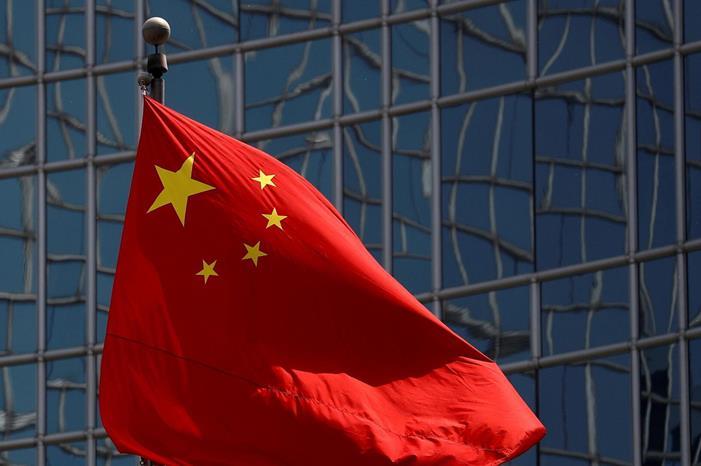أخبار الشركاتأخبار عاجلة
الصين: إصدار سندات خزانة خاصة بقيمة 108 مليارات دولار

قالت وزارة المالية الصينية، في بيان، اليوم السبت، إن الصين ستصدر سندات خزانة خاصة بأجل ثلاث سنوات بقيمة 750 مليار يوان (نحو 108 مليارات دولار أميركي) لدعم اقتصادها.
وأضافت الوزارة أن السندات ستصدر في 12 كانون الأول الحالي، وستستهدف وتُصدر لبنوك معينة في سوق السندات بين البنوك.
وتابعت الوزارة أن بنك الشعب الصيني (البنك المركزي)، سيجري أيضاً عمليات السوق المفتوحة مع البنوك ذات الصلة.





